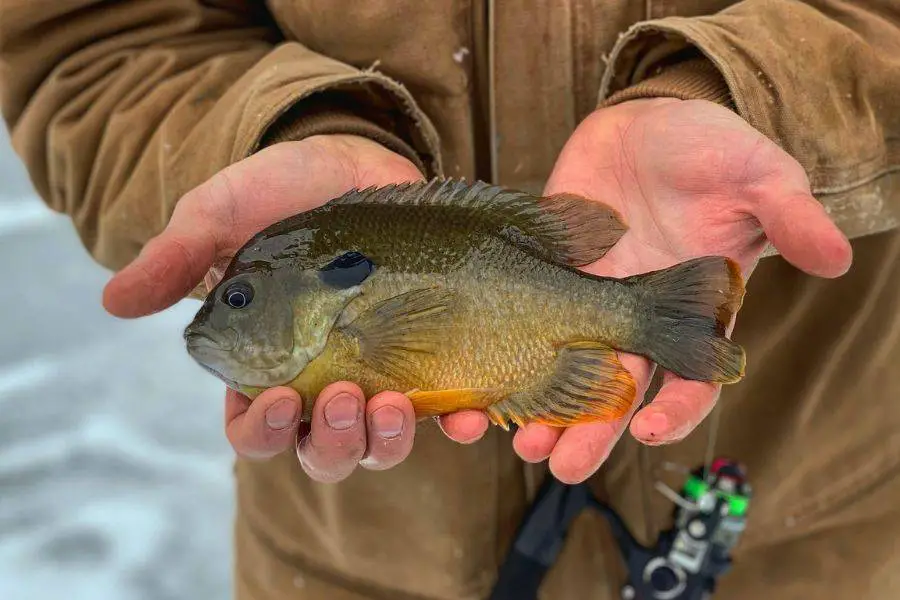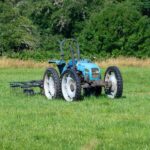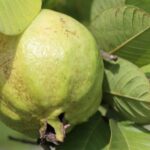Table of Contents
Are you an angler or an aspiring farmer who wishes to know more about Georgia giant bream? Or do you wish to expand your knowledge about Georgia giant bream?
Do not worry; this article will walk you through all you need to know about the Georgia giant bream.
The Georgia giant bream is a special breed by Ken Holyoak.
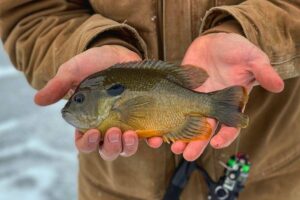
This bream has been proven to be among the best bluegill hybrid and grows faster than other species.
Keep reading to discover more about this bream!
Georgia Giant Bream- History
Ken Holyoak, president of Ken’s Fish Hatchery in Alapaha, Georgia, developed the world’s fastest-growing Georgia giant bream.
He says that the fish will keep the state of Georgia on the map forever.
The Georgia giant bream only needs six months to grow to the same size as other fish, which can take up to two years for other fishes.
When they are filleted, they are 54% meat. Also, it only costs 65 cents per pound to grow the fish, while it can cost $10 or more per pound to grow other fish.
The West Virginia State College Department of Biology conducted 12-week research to compare the Georgia giant bream to other hybrid bluegills.
During the three-month test period, the GG grew 300% faster than the regular hybrid bluegill while consuming 40% less feed.
Also, Ohio State University has just begun a two-year study of the long-term effects of the Georgia giant bream vs. the regular hybrid.
The Georgia Giant is so remarkable that it has been registered with the United States Patent and Trademark Office.
Ken’s Fish Hatchery and Farms, Inc. is the world’s sole producer of the Georgia Giant.
Georgia Giant Hybrid breams have been placed in millions of lakes and ponds across the US.
Georgia Giant Bream- All You Need to Know
A South Georgia fishery specialist spent approximately ten years experimenting with various hybridizations of the bluegill species before creating this fish.
And it was developed roughly three decades ago. Once he thought he had “proved” his fish, the developer went on to other projects.
Growth rates were documented in the early years (by rough notes and pictures) but are now “buried” under heaps of study.
This bream is a genetic combination of several species of bluegill.
According to Holyoak, his hybrid bloodline grows 300% quicker than normal bream and can reach a weight of 5 pounds. It also has a thickness of 3 1/2 inches.
In six months, the Georgia Giant Bream, if raised according to Ken’s plan, will be as large as other breams.
The Georgia giant bream is a type of hybrid bream that is very aggressive and grows quickly. They are the only hybrids that don’t have sterile offspring.
The bream reproduces, but successive generations are less desirable than the initial F-1 stock, necessitating predator intervention. The offspring of this hybrid are unpredictable.
Each offspring will have traits and qualities similar to its parents, but it will never “transform into” another fish.
Best Public Bream-Fishing Water
Let’s look at some of the state’s best public bream fishing spots, from north to south.
Most people who buy crickets, nightcrawlers, or a Rooster Tail for their ultralight rod and reel in north Georgia are probably going to a trout stream.
But there are also a lot of public lakes where you can catch bream very well.
Lake Burton, Seed Lake, and Lake Rabun, all on the Tallulah River in northeast Georgia, have been known for a long time as good places to fish for bream.
There are bluegill and shellcracker in all three lakes, with the latter being particularly large.
Anthony Rabern, a biologist for the Department of Fisheries, claims that bluegills on all three lakes can quickly be reached over half a pound in weight.
Also, Anthony suggested; these fish are typically found a few feet deeper in water, in depths of up to ten feet near the edge of rocky banks and off blowdowns.
If you use polarized sunglasses, you can also find bream beds in shallow water with a sandy bottom around the full moon in May and June.
Other Bream-Fishing Water
Biologist Scott Robinson wrote a feature on bass fishing at Charlie Elliott’s Fox Lake last month and recommended numerous lakes for bream fishing.
He noted that Shepherd Lake is famed for its large shellcracker and that Margery Lake, drained for dam repairs and resurfaced four years ago, could have a healthy bream population this year.
The bream caught in Lower Raleigh “have historically been some of the biggest bream on the area,” as Scott put it.
Whitetail Pond is easily reached, has excellent bank fishing, and is nestled away on the pond’s southern end, making it less popular with anglers. Bream fishing is also popular at Allen Pond.
Southwest Georgia is home to another excellent lake for bream fishing: Lake Seminole. Like in Clarks Hill, there are plenty of bluegills in the lake.
You can use artificials like red wigglers, crickets, or live bait.
Try sheltered waterways like Spring Creek and Fish Pond Drain, where you can find pockets of open, shallow water among the hydrilla beds.
Around the time of the full moon in May and June, you should be able to see beds in relatively shallow water.
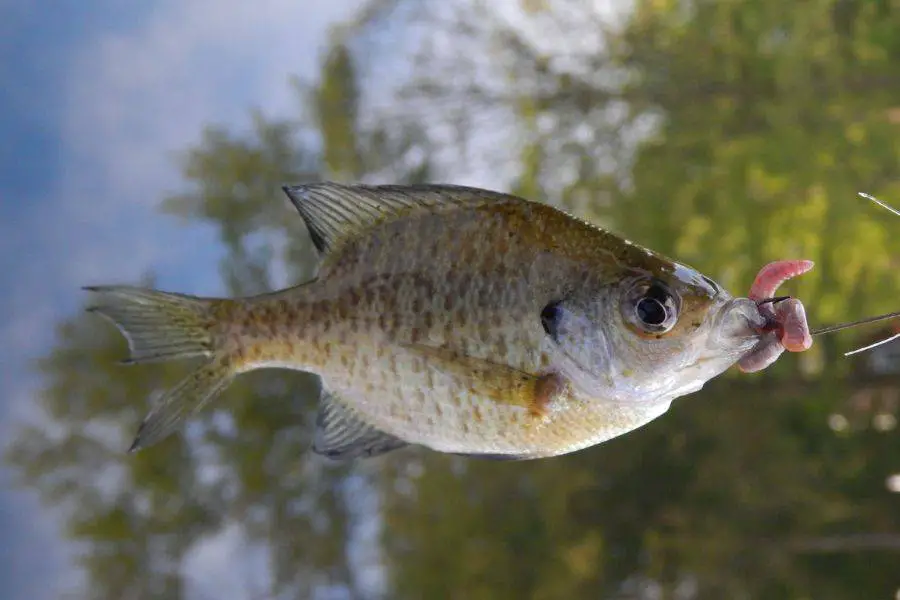
Lures For Georgia Bream
A No. 5 Aberdeen hook, a small split shot, and a cork are all you need to catch a bream.
This combination will catch almost every kind of bream.
Still, shellcracker fishermen usually leave out the cork and instead use a nightcrawler on the bottom to catch big redears, which naturally feed on the bottom.
You can use red wigglers, crickets, mealworms, or other natural baits.
Any number of artificial lures will work for fishing that requires a little more finesse and skill with a rod.
Sometimes, these lures will catch bigger bream than natural baits will.
Spinners are an excellent first choice.
Almost any color will work, but white or lighter colors work best for clear water, and darker colors work best for dirty water.
You can also use a “Bream Buster” made of fiberglass or a cane pole.
Flip your popping bug over beds or around brush piles or stumps, then pop it slowly or wiggle it to make it vibrate like an insect on the surface.
After the warm weather has settled in for good, bream can be easily caught using topwater baits.
Note: The Georgia giant bream fish is not easy to catch, and you can save yourself some stress by buying from fish farmers who breed this kind of fish.
Wrapping Up
If you want a fish with rapid development, aggressiveness, and flavor, this Georgia giant bream is an outstanding hybrid.
Because of the possibility of cross-breeding, this fish should not be kept in the same pond as other bluegills.
You must introduce predators to eliminate offspring, allowing the original stock to grow to its full potential.
Also, you should not stock the Georgia giant bream if you are solely looking for a forage fish to develop world-record bass.
On the other hand, if you want giant bream that bites quickly and battle hard (great for kids of all ages), you should consider this bream.

